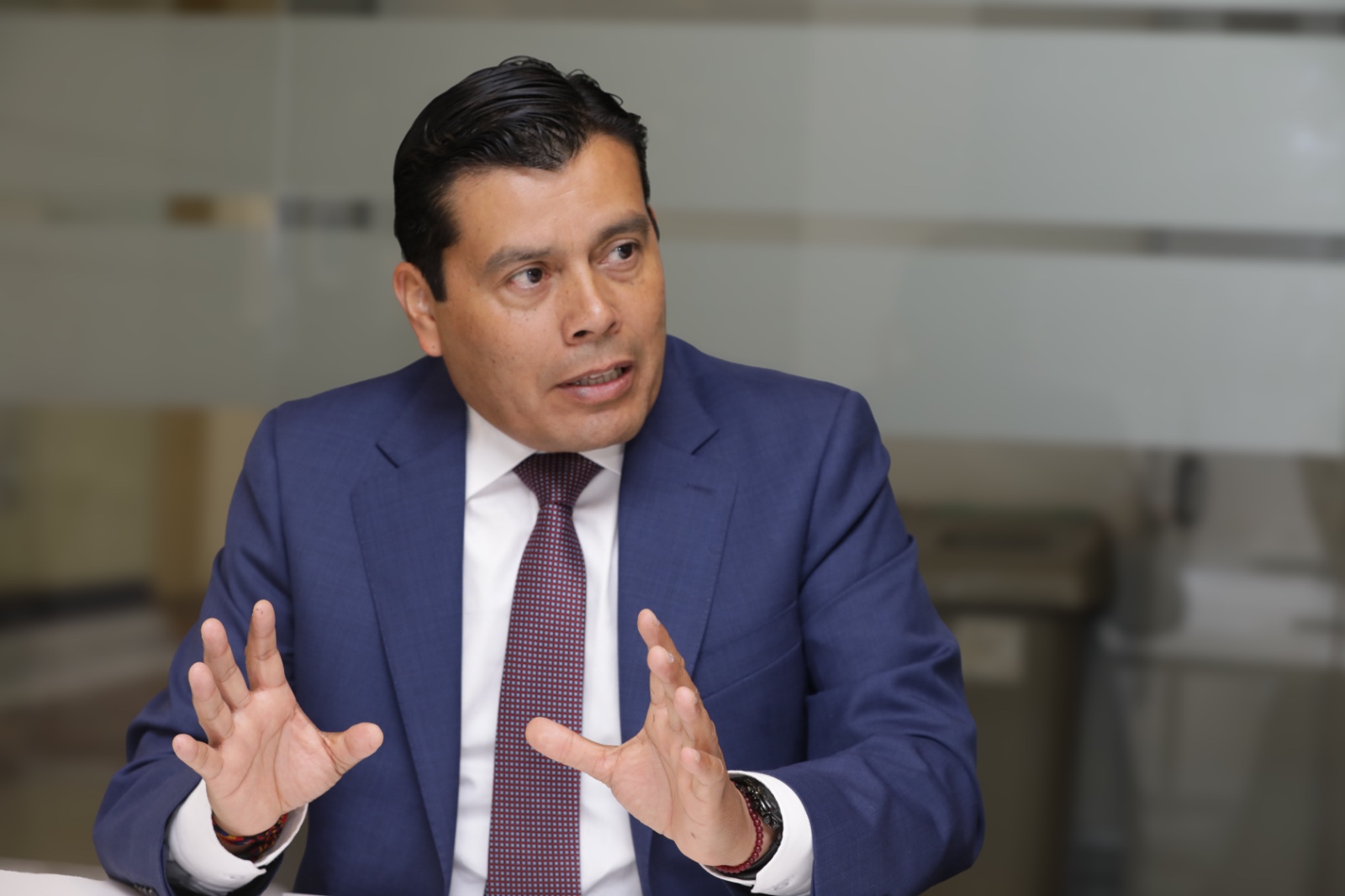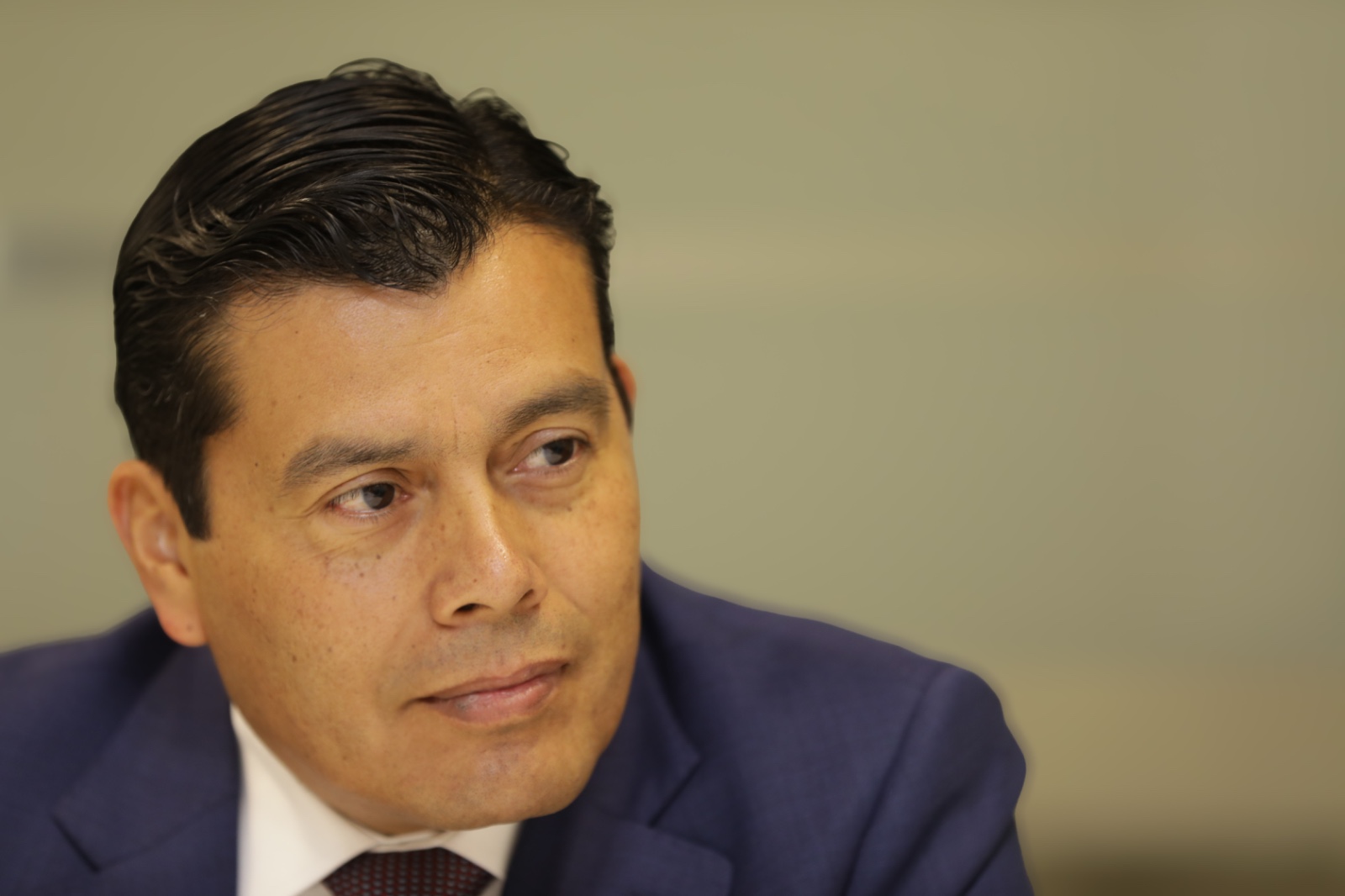What will happen to the pension bonus for seniors if the pension reform fails? The director of Social Prosperity speaks.

It is still unknown whether or not the Constitutional Court will overturn the pension reform, which includes a solidarity pillar to provide a monthly allowance of 230,000 pesos to more than 3 million older adults living in poverty and vulnerability. In an interview with EL TIEMPO, Mauricio Rodríguez, the new director of Social Prosperity, explains what will happen to these benefits and those received by vulnerable young people and women. "The subsidies don't lift people out of poverty," he asserts.

Director of Social Prosperity, Mauricio Rodríguez. Photo: Mauricio Moreno. El Tiempo
Currently, the Colombia Mayor program provides resources to 1.6 million adults. Of these, only 500,000 receive 225,000 pesos. However, in October, regardless of whether the law is passed, we will provide 230,000 pesos to 1.1 million older adults. This means we're increasing coverage, as they previously received 80,000 pesos. We already have those resources.
And if the law is passed, would they have all the resources needed to pay 3.1 million seniors? If the pension law, which would provide 230,000 pesos to 3.1 million seniors, is enacted in 2025, the Ministry of Finance would have to transfer funds to us through operations. Currently, we only have the resources for 1.6 million, but once the Constitutional Court approves the reform, the rest would be transferred to us. The Treasury cannot make the transfer now because the law is not in place. Based on the calculations we made for the 2026 Budget, we roughly need 8.4 trillion pesos to serve those in the solidarity pillar.
And what would happen in 2026? There are two possibilities. The Social Prosperity Budget already includes resources for the 3.1 million seniors who would receive a pension bonus of 230,000 pesos. While our budget for 2025 is 5.6 trillion pesos, in 2026 it would be 9.9 trillion pesos, which includes the solidarity pillar and other transfers provided by the entity, such as the Citizen Income program. And if there is a law, we would only have to transfer the resources to operations.
Some members of Congress say that the solidarity pillar would actually be subject to the availability of resources at any given time and, therefore, is not guaranteed… We take the technical documents into account and what we see is that the project does incorporate those resources.
One of your key programs is Citizen Income. How much funding is included in that program? Currently, more than 700,000 households receive 500,000 pesos. These funds are guaranteed because we have prioritized serving the neediest families. For example, women heads of household with someone with a disability, vulnerable, poor, and extremely poor.

From an early age, it's important to take care of your habits to achieve a happy old age. Photo: iStock
Currently, it's working well. That situation has been resolved. Here, for example, there's another ally that could come in if regulatory issues are resolved at the Solidarity Superintendency: savings and credit cooperatives. We hope they can also help us integrate those resources. If a person is linked to the transfer through a cooperative, they can also be supported in their productive process.
And how is the Renta Joven program going? It's a conditional transfer to 300,000 young people and students who are linked to universities and the SENA (National Social Security Institute). We're having a discussion there, as we've proposed a transition. While they need these resources, there are other ways we can deliver them. Our proposal is to move from a transfer to an associative process through student cooperatives. This transition is urgent, and this is a debate we're going to open because we want them to be allies. Obviously, there will be those who disagree, who prefer the money to reach them directly, but the policy has to change because it's proven that no transfer lifts people out of poverty permanently. Experience shows that every transfer policy ultimately has a placebo effect and doesn't solve the structural problem.
And how far have these resources been allocated to productive projects? The goal is to provide tools for those able to work so they can join together. For this reason, since last year, Prosperidad Social has organized a grassroots economy area. People can join existing cooperatives and associations in their area or create their own. In 2024, some funds were allocated for future use for an initial round of support for mostly individual entrepreneurships, in a fund with Innpulsa. This year, some funds are also in agreement with Banco Agrario.
Would this mean that resources allocated to subsidies would decrease in the future? The transfers continue, but surely in the future, resources will gradually shift to productive inclusion. For example, women's associations are key. The President has asked us to incorporate young people and women into the productive sphere. Another great ally is the Community Councils, because they will help us build the database of older adults. We need to find the 1.5 million we still need to incorporate out of the total 3.1 million.

Mauricio Rodríguez, director of Social Prosperity. Photo: Mauricio Moreno. El Tiempo
Yes, we're currently serving 700,000 registered households. We're talking about families with young people and women who can enter into an associative model. The key is to change the mindset so that people who are currently beneficiaries individually through their families can enter the associative model. For example, in Brazil, part of the poverty reduction figures are related to the increase in associative activity.
eltiempo





